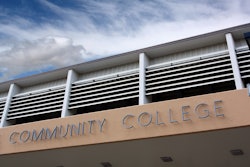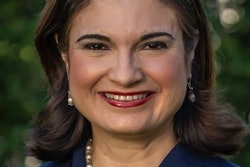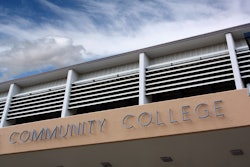As the pace of change continues to accelerate, higher education leaders are now under constant pressure to respond to social justice issues within their campuses and surrounding communities. To my generation, education is viewed as the “great equalizer,” but this promise of equality cannot be achieved when fundamental injustice exists.
To fulfill the equalizer promise, institutions must view their institutions’ future in a whole new way. As demands to address social justice inequities are increasingly likely to become a part of the new normal in American higher education, institutions must become more intentional with their approaches to address social justice issues within the academy. With all the places where social justice disparities are present, institutions must strive to break down social injustice barriers as a part of their business models. So, today’s environment requires universities to not only be able to sustain solid social justice-minded cultures but also be able to stay a step ahead of major issues in uncharted waters.
In this brief article, I argue that recognizing and shifting expectations is vital in addressing social injustice in higher education. With an ever-increasing diverse student population, higher educational leaders must step away from traditional approaches to education and recognize that addressing political issues involving race, class, gender identity, sexuality, and ability are not optional. A leader’s job does not end with placing a social justice center on the campus.
A common mindset is to view social justice as the need for society to treat individuals fairly and equitably. Furthermore, to those who have dedicated our lives to advocating change and higher education reform, social justice also means dismantling policies, practices, and mindsets that have far too long supported and fostered inequities. Thus, social justice in higher education means creating teaching and learning environments that support all students equitably without regard to race-ethnicity, gender identity, religion, or learning potential.
Social justice works when all stakeholders in the institution demonstrate a social justice-mindset where all stakeholders are expected to embrace students’ backgrounds and experiences as assets rather than deficiencies. Social justice in higher education requires leaders to demonstrate the commitment to challenging social, cultural, and economic inequalities imposed on students and employees originating from any uneven distribution of power, resources, and privilege.
Barack Obama, the 44th president of the United States, said: “Change will not come if we wait for some other person or wait for some other time. We are the ones we have been waiting for. We are the change that we seek.” Now, more than ever, there is an urgent need for higher education leaders to address social justice issues.
Few can argue against the fact that there are gaps in the educational system that have been unattended. Leading social justice-minded institutions does not mean holding occasional social justice events; it means adopting a new leadership model that fosters social justice-centered policies, practices, and mindsets throughout the institution. Higher education leaders are responsible for creating the change in President Obama’s message.















